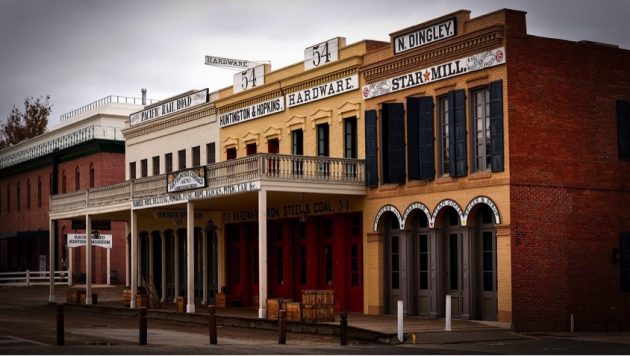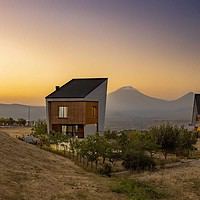Mention the word architecture, and people begin conjuring images of cardboard models, construction, of people in collared shirts poring over blueprints and digital 3d models. Those people would not be incorrect, but there is so much more to architecture than just the actual act.
Architecture is undoubtedly a science, but it is also an art form. It merges the world of functional and practical building with aesthetics that move and inspire people. Ancient cultures from Japan, China, the Middle East, and even Latin America have produced amazing, even awe-inspiring architecture. However, due to a lack of documentation and a substantial language barrier, the intricacies, and history of these were not well studied by outsiders until much, much later.
The architecture of Western countries (most European countries, North America, South America and Australia) however, were well studied mostly due to shared languages and easy access. By taking a closer look at the structures, sites, monuments and buildings left behind by past civilizations, one can see that there are similarities between different societies regardless of how distant they are from each other.
Take the ancient wood and stone structures of the first British Isles. Similar structures can see in other parts of namely the First Nations tribes surrounding the Great Lakes in Canada and the United States. But, when people started to mass, small camps grew into towns, and cities began to spring up, only then did Western architecture as we know it took off.
Perhaps the best examples of this would be the structures of Ancient Greeks and the Ancient Romans that preceded them. These two societies, cultures and civilization left such a big wake that their influence still felt to this day. Where the long houses, camps, and first structures were certainly functional in nature, the Greeks and Romans introduced the importance, indeed the prominence, of aesthetics in their structures. Everything from homes to stores, from temples all the way to lavatories were constructed elaborately and with such detail. Of course, some were more fancy or extravagant than others; the ruling class did have a need to show its superiority outwardly. Art flowed freely with sculptures and paintings adorning the walls of these homes.
Fast forward forty years or so and all this ingenuity, innovation and creativity came to a grinding halt thanks to the Dark Ages or Middles Ages of Medieval Europe. This time in Europe’s history saw the proliferation of castles and fortresses, which while grandiose in scale, were mainly built with a military bias. These structures designed with defense in mind. From moats to draw bridges, and from crenellations to murder hole windows, these bastions of protection were often hewn from hill and mountain sides and mostly constructed of hard stone exteriors. From an architectural perspective, gone were the classic shapes and the beautiful aesthetics popularized by the Greeks and Romans.
It wasn’t until the 11th century that traces of Roman architecture started to creep its way back into history through a trend known as Romanesque architecture. Things began to pick up steam during the 12th century when building styles began to evolve, and the Gothic style of architecture introduced. All of a sudden grand yet highly stylized buildings, cathedrals, and monuments were being commissioned, designed and built. Design historians often describe the Gothic style as one of the best and elegant styles of architecture to be conceived.
The Renaissance (French for rebirth) began in the 13th century near the end of the Dark Ages, and along with it came a return of the styles, standards, and aesthetics of the Ancient Greeks and Romans, what has now been called the Classical Antiquities. One of the most imposing and famous of these structures is St. Peter’s Basilica in Vatican City. It once again started a chain of innovation and creativity that cascaded through the millennia. The “weird” yet highly technical Baroque came to prominence in the 16th century which made for some unique buildings and colorful sculptures.
The 17th and 18th centuries saw the style known as Classicism rise on both sides of the Atlantic Ocean, as the influence of European architects spread to the New World. This movement saw the return of buildings and structures similar to that of the Greeks and Romans, not just in scale and feel, but in technical design. In North America, this style came to be known as Federal, and unsurprisingly the majority of government buildings, structures, and monuments in both Canada and the United States bear this style of architecture.
The 19th and 20th centuries saw the rise of modern styles of architecture, namely Art Nouveau and Contemporary. Art Nouveau mixed function in with colorful and symmetrical designs, while the Functionalism was the stark opposite. Aesthetics dropped in favor efficiency and the functionality required by corporate entities. Gone are the rich ornamentation of the Art Nouveau years and in with the open, almost sterile, blank spaces that are known as Modern.
Source: Written by one of freelance academic experts of “CustomWritings online writing service“















